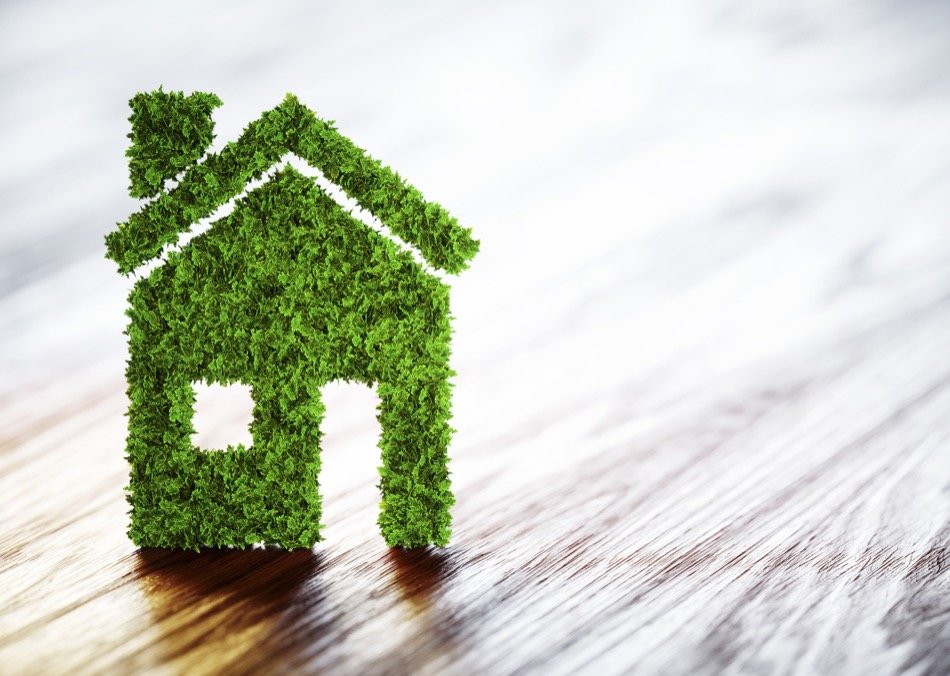Top Sustainable Construction Trends in Residential Real Estate
Posted by Justin Havre on Thursday, July 4th, 2019 at 7:07am.
 When looking at construction technology, sustainability has become increasingly popular. Residential new construction home buyers may be looking for homes built in ways that are more environmentally-conscious and companies are interested in using less energy, and creating healthier work environments while avoiding sick building syndrome. As sustainability has impacts on not only the environment, but on those residing or spending significant time within a building, clients are exerting more pressure on construction companies to make sustainable construction a priority. Construction companies in the know can use this to their advantage as not all have yet embraced more sustainable construction technology.
When looking at construction technology, sustainability has become increasingly popular. Residential new construction home buyers may be looking for homes built in ways that are more environmentally-conscious and companies are interested in using less energy, and creating healthier work environments while avoiding sick building syndrome. As sustainability has impacts on not only the environment, but on those residing or spending significant time within a building, clients are exerting more pressure on construction companies to make sustainable construction a priority. Construction companies in the know can use this to their advantage as not all have yet embraced more sustainable construction technology.
Building green is not new to the construction industry in Canada, as some of the greenest buildings in the country can be found in British Columbia, Quebec and Nova Scotia. Examples include St. Mary's Hospital in British Columbia, the first carbon-neutral hospital, and the TELUS Garden utilizing smart building program controls and built to LEED standards. Sustainable construction has become increasingly important as evidence has indicated the positive environmental, economic and societal impact from the endeavor. Sustainable construction can not only be seen in residential homes, but in commercial and industrial sectors. As construction companies look for more efficient ways to accomplish more while appealing to their customer base, it is helpful to learn about some of the most important sustainable construction trends impacting the industry today.
The Need for Resilience
The idea of resiliency overlaps with that of sustainability. With corporations and companies looking to reduce their carbon footprint and meet higher standards, the pressure is on to source and use local materials, recycled materials and non-toxic materials. Such choices can reduce costs and efforts involved in shipping materials, decrease the by-products created with extracting and refining natural resources, and provide alternatives that are healthier for occupants. Damage to buildings composed to any degree with toxic materials can pollute the surrounding environment or community. Such damage, potentially from natural disasters, can translate to significant losses on the market. Investment into resilience translates into savings when it comes to recovery for businesses and the communities they serve.
Construction of Energy Efficient Buildings
Whether planned in the design phase or accomplished when retrofitting older structures, energy efficiency has become a more prevalent goal. There are many ways being used to approach this type of construction. Some homeowners have been quick to select Energy Star appliances that can reduce their power consumption. However, passive design prior to construction can make it easier for a property owner to cut their energy bills, as the resulting structure takes less energy to heat or cool.
During construction, builders and owners are choosing energy-efficient doors and windows, as well as insulating materials with a high R value. Relying on renewable resources, such as with the application of solar panels to buildings, can also have long-term benefits for property owners, reducing energy consumption and stress on the grid.
Push for Zero Carbon
Zero carbon building may not only be implemented in the initial construction phase but can be successfully applied in a retrofit. Aside from high levels of energy efficiency, zero carbon building uses renewable energy to offset carbon emissions. As buildings have been found to be responsible for 40 per cent of energy consumption annually and as much as 30 per cent of greenhouse gas emissions, there is an increasing interest in heating buildings without the use of fossil fuels. Humber College's NX building is one such example of a Zero Carbon retrofit. Elements incorporated into the retrofit include triple-pane windows, energy efficient changes to the heating and cooling systems and a 25kw Solar PV system. Initiatives are underway to create meaningful change and help the construction industry work toward zero carbon goals.
Renewed Focus on Natural Light
New research has shown that there are biological and psychological benefits to natural light, rather than artificial light. With many people spending significant amounts of time in buildings, it is little wonder that Biophilic design principals have become more important when constructing Williamstown homes and buildings. The amount of natural light and how it changes throughout the day influences inner biorhythms. To promote the health of employees and occupants, buildings are being designed to make the most of the changes occurring with sun's movement. Designers and planners are making use of specific patterns, windows and architectural details to achieve their goals.
Learn More About Sustainable Construction
LEED certification is only one of the possible options for companies looking to become more aware about the approaches to building greener, more sustainable buildings. This type of certification offers designers and builders flexibility as they begin upgrading their knowledge base, as some standards are prescriptive, while others are performance-based. A company with certification is then better positioned to help a specific client achieve a desired level of sustainability.
